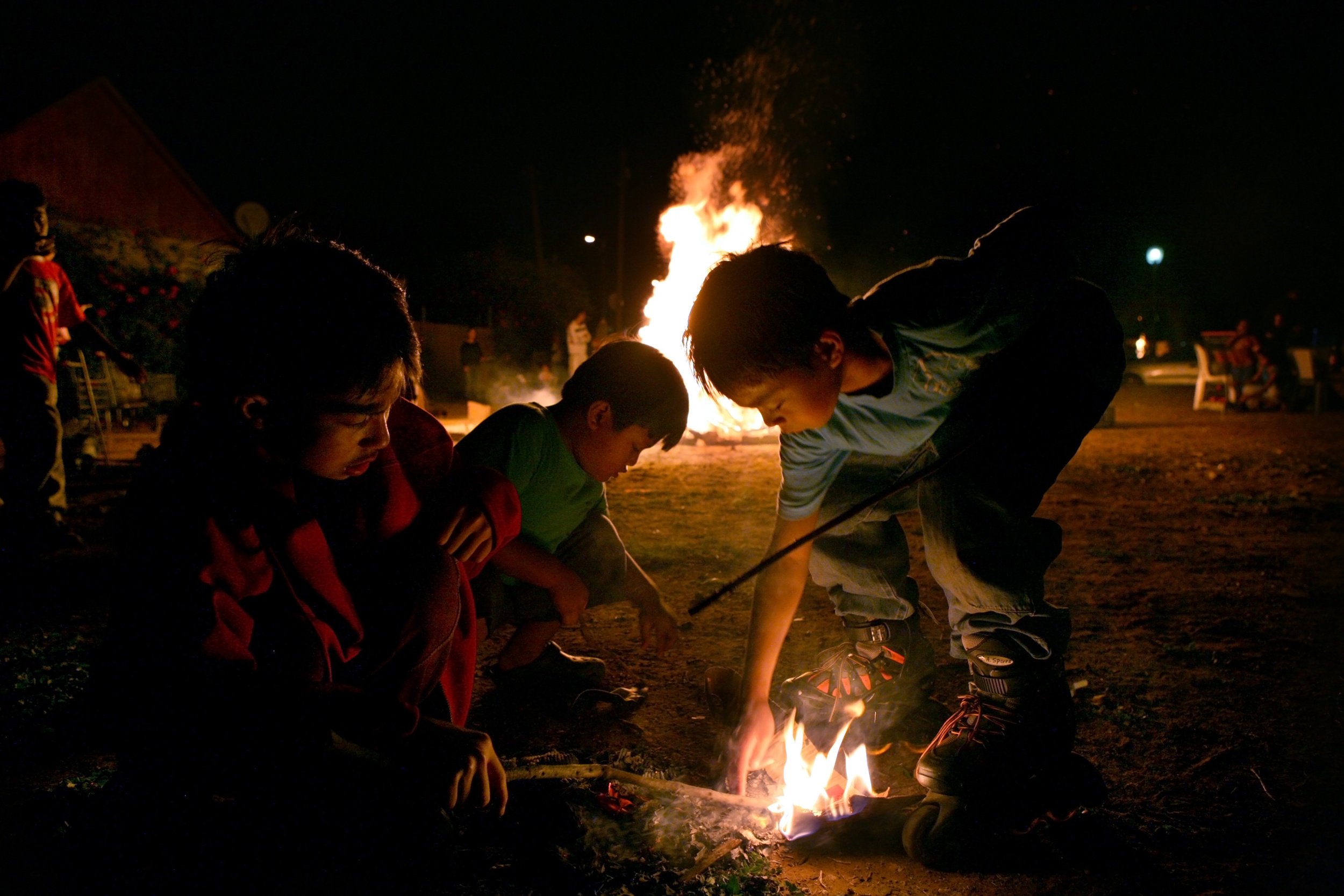As I noted in a prior post, Lindbeck’s Nature of Doctrine provided me a framework to think through a nagging question: what is the church, and how might we think about the work it does?
Login to read more
Sign in or create a free account to access Subscriber-only content.
